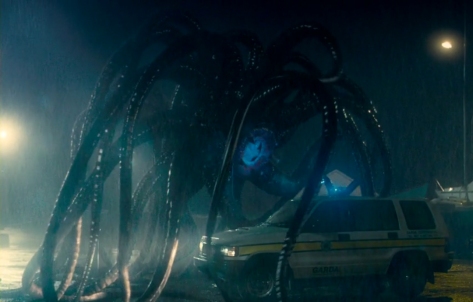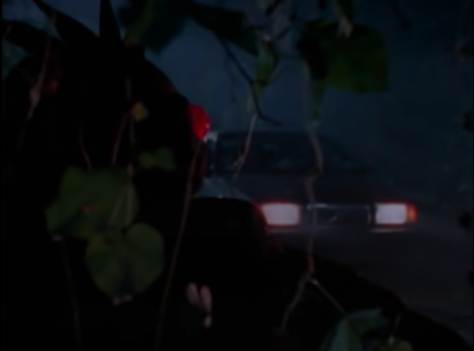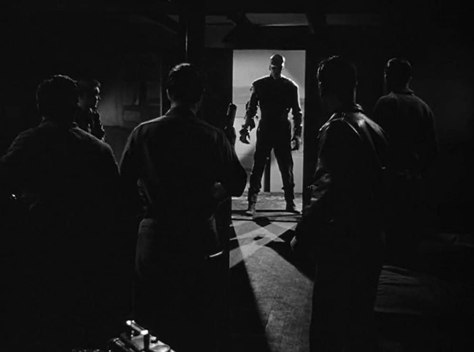
Last year, I delved into the strain of big studio monster movies that popped up throughout the nineties—an era emboldened by advances in special effects and a sense that creature features could be made even more palatable to a mainstream audience through genre mixing and nominally self-aware writing. The first movie of era, Tremors, demonstrated those latter points by taking a mostly traditional monster movie premise and imbuing it with a goofy, blue collar sensibility—one must remember, though, that Tremors was not particularly successful in theatres, and only gained its notoriety from home video and television airings afterwards. Arachnophobia, which premiered six months later, carries the same basic tenor, but attracted a bigger initial audience—so it could be argued that this is the true starting point for the dark comedy sensibility that permeated so many of the subsequent creature features.
Arachnophobia did have one major advantage: whereas something like Tremors can only borrow Steven Spielberg vibes, this movie is a true Amblin production—working with Disney’s slightly-less-than-reputable Hollywood Pictures label—with Spielberg on board to produce a movie directed by longtime collaborator Frank Marshall (later to direct previous subject Congo.) This pretty openly formalizes the way these movies attempted to recapture the most successful elements of Jaws, particularly the more grounded approach for both the characters and the thrills. Maybe even more than Jaws, this movie plays into existing, everyday fears—I mean, the title alone tells you that—by exaggerating them just enough, and by filling the scenes in between the horror with a colourful supporting cast that have a particular small town quality, creating a movie approximation of a recognizable world. Just beneath the surface of that, you can find what would become a consistent thread in the next few years of monster horror: the way these elements reveal themselves to be something of a facade, a way to grab people into seeing something as ludicrous as the older monster movies and as mean-spirited as less mainstream films, a prototype form of pulpy excess that would eventually be refined into the spectacle of Spielberg’s own Jurassic Park.
Continue reading Arachnophobia (1990)








